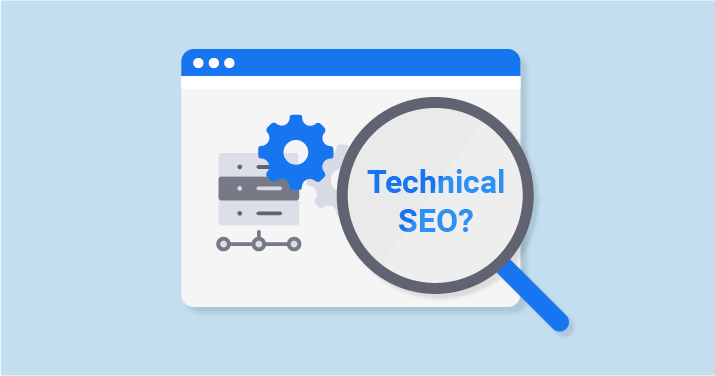Fast-loading pages not only improve the user experience, but also increase your page views and help improve your SEO. You can have a faster website by applying WordPress site acceleration optimizations. Of course, it is not necessary to use all these optimization tips for every website or web page at the same time. However, by checking the requirements of your website or page, you can decide which ones you need.
For example, having your new website on a shared hosting provider that says it offers unlimited bandwidth, domains, email, and more might seem like a very sensible idea. However, this tempting idea can make you miss two important points:
- Shared hosting providers fail to provide good loading speed during peak traffic hours
- Many shared hosting providers not performing fully by the end of the month
Shared hosting providers are the practice where you have to share the same server space with many other websites. It also tends to offer lower performance because you are not aware of how many resources others are using. Therefore, when choosing a host, you should pay attention to the following factors:
- Current server location is very important. The physical location of your server also affects page load time, as physical distance will affect people’s download speed. For this reason, you should choose a server located in the same location as your target audience.
- You should use modern technology such as HTTP/2, which can improve HTTPS performance and additionally perform better in handling large numbers of small http requests.
How to Increase WordPress Site Speed
Theme Selection
The theme you choose on your website naturally plays a big role in your site’s front-end optimization, as it is the basis of your site’s front-end content. Of course, having a large number of dynamic elements, widgets, social media buttons, sliders and many more in your WordPress theme can be quite appealing to the eye. However, you should keep in mind that the more elements and page size your theme has, the slower the loading speed will be.
As such, the most important feature you can consider when choosing a theme for your website is that your theme should be lighter. You can use the default WordPress themes for this, as well as various theme controllers. You can eliminate this problem by making use of Elementor Theme Builder.
JS and CSS File Sizes and Layout
The CSS code your site has is another structure that allows you to do the front-end optimization properly. There are two basic strategies you can use to optimize the CSS file. The following strategies are the best way to take advantage of this opportunity:
- To reduce the file size by removing spaces and unnecessary characters from the site, you must first reduce the CSS code.
- To reduce HTTP requests, you need to combine separate CSS files.
More specifically, one large HTTP request is much more efficient than multiple small HTTP requests. However, you should remember that if your site is using HTTP/2, the difference between small and large request is not that big.
A more advanced optimization method to improve user experience performance metrics such as Largest Content Paint (LCP) is to inline the key CSS in the section. In addition, postponing loading the rest of your CSS until later is an advanced optimization method. You can perform these optimizations for free by using many performance plugins such as Autoptimize or WP Rocket.
Just like with CSS files, you need to minify and combine your JavaScript files as much as possible. However, you may need to exclude certain JS files from these processes so as not to cause any problems with your website. To summarize, you can significantly increase site loading speed by reducing the size and repositioning of CSS and JS files.
Visual Optimization
The images you use on your website have the biggest contribution to increase the size of a webpage. According to the data contained in the HTTP archive, images make up almost half of the file size on your website. The trick to image optimization is to reduce the size of images without sacrificing quality.
If you choose to manually optimize your images using the PageSpeed Insight extension, Photoshop app, or any other tool, it will take quite a while. However, there are also plug-ins that you can use for many aspects of your website, especially image optimization. The main plugins that will provide visual optimization on your site are:
- Optimol
- WP Smush
- Imagify
- ShotPixel
- EWWW Image Optimizer
Taking advantage of any of the plugins recommended above on your WordPress site can significantly reduce image sizes and increase the speed of your website.
GZIP Compression
With Gzip, you can compress your data at the server level and reduce the file size of your site by up to 70%. You can take advantage of many performance plugins to enable gzip compression, which drastically reduces bandwidth usage and the time required to log into your website. The main gzip compression plugins you can use on your WordPress site are:
- WP Rocket
- Enable Gzip Compression
- PageSpeed Ninja
With these plugins, you can gzip compression and thus improve the loading speed of your website.
Browser Cache
WordPress-based websites are always active sites. As a user visits the site and a post within the site, the caching process continues. This causes your website to slow down.
There are some WordPress plugins that are used to stop slowdowns and keep the cache clean. The caching process increases the site speed up to almost 5 times. Thus, the system, which uses the information it copies instead of constantly reloading the page, opens the site much faster. Here are the main WordPress browser caching plugins you can use:
- Bluehost
- SiteGround
- WP Rocket
- WP SuperCache
Database Cleaning
Deleting unwanted data in your database will keep your site size to a minimum and help reduce the size of your backups. In addition; You should delete spam comments, fake users, old drafts of your content, and even unwanted plugins and themes within the database cleaning.
This speeds up your WordPress site by reducing the size of your database and web files. The main add-ons you can use for database cleaning are:
- WP Rocket
- WP-Optimized
Plugin Optimization
Poorly coded WordPress plugins often put too much load on your site, increasing page load speed and slowing your site down. Worse still, many plugins don’t delete their data even if you leave a plugin off your site. This causes your site’s database query process to slow down.
It’s always best to optimize the plugins you have or opt for already optimized plugins. The main plugins that SEO experts often recommend and that you can use for a fast site are:
- WPForms
- All in One SEO
- MonsterInsights
- Shared Counts
- SeedProd
Since WordPress is primarily written in PHP, using the latest PHP version plays a huge role in your site’s speed. Using up-to-date PHP on your site greatly improves your site’s performance, as all good WordPress hosting companies use the latest version of PHP on their servers.




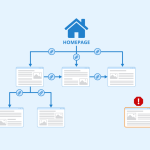


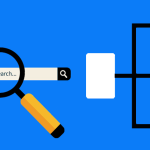


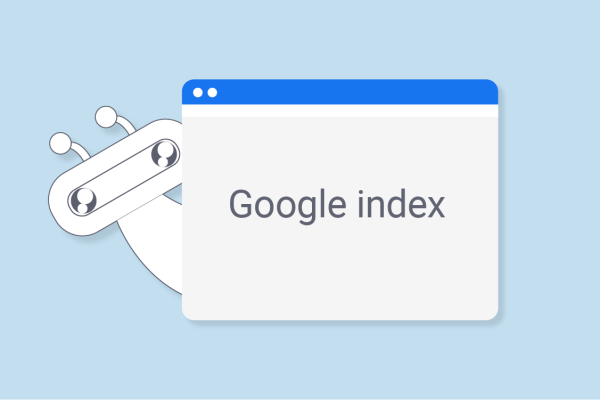

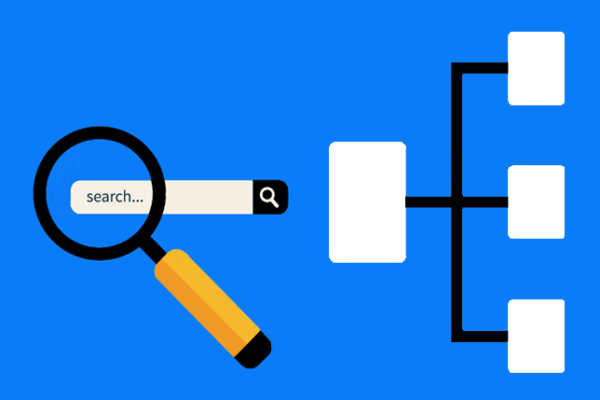
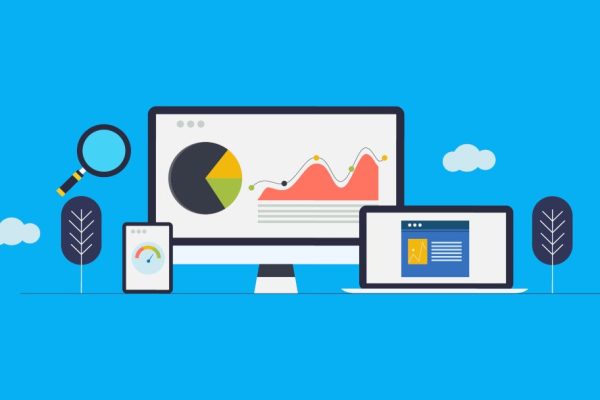
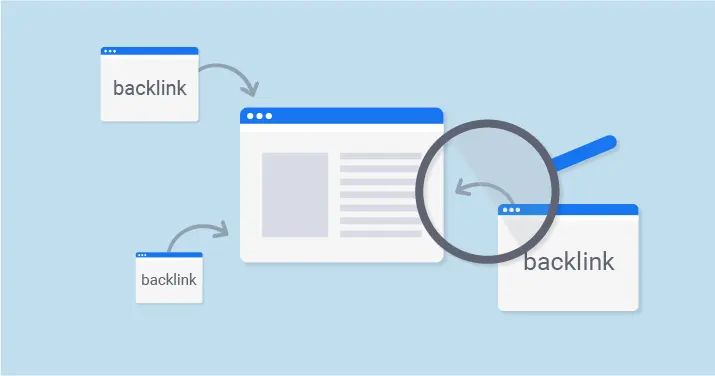
![Effective Steps to Build Natural Backlinks – [5 Steps]](https://elseo.us/wp-content/uploads/2022/06/backlinks-600x400.webp)
